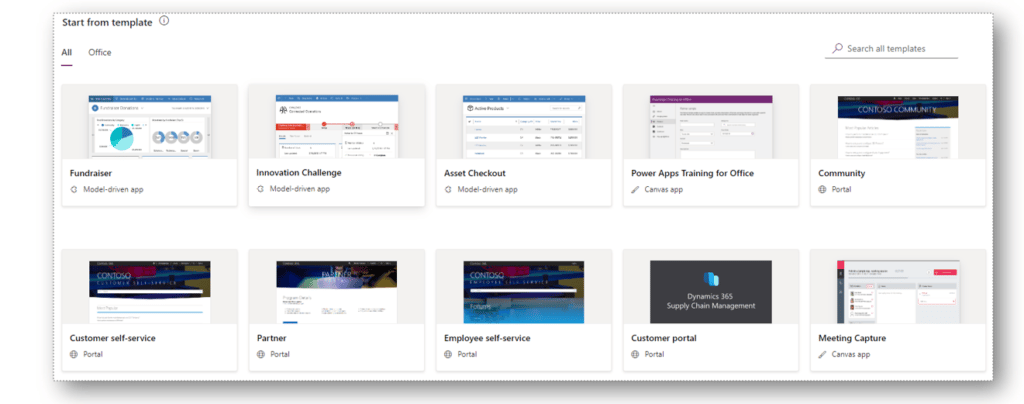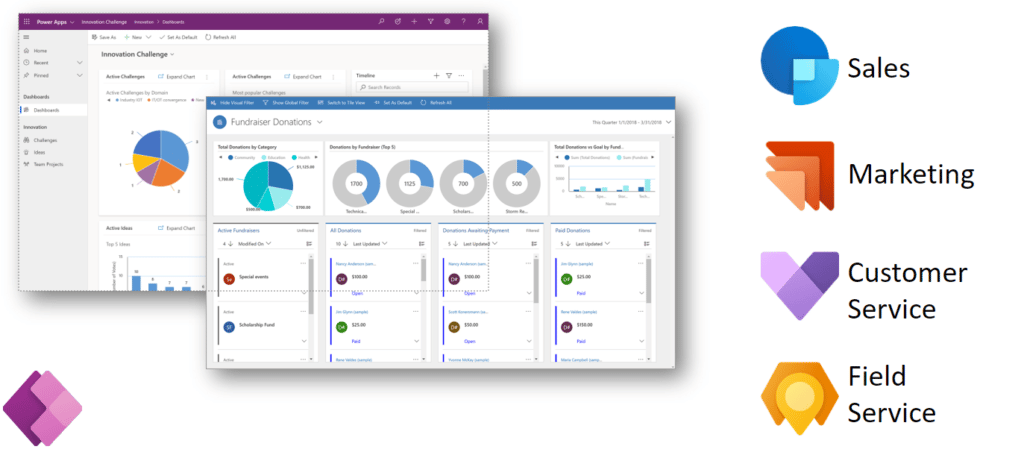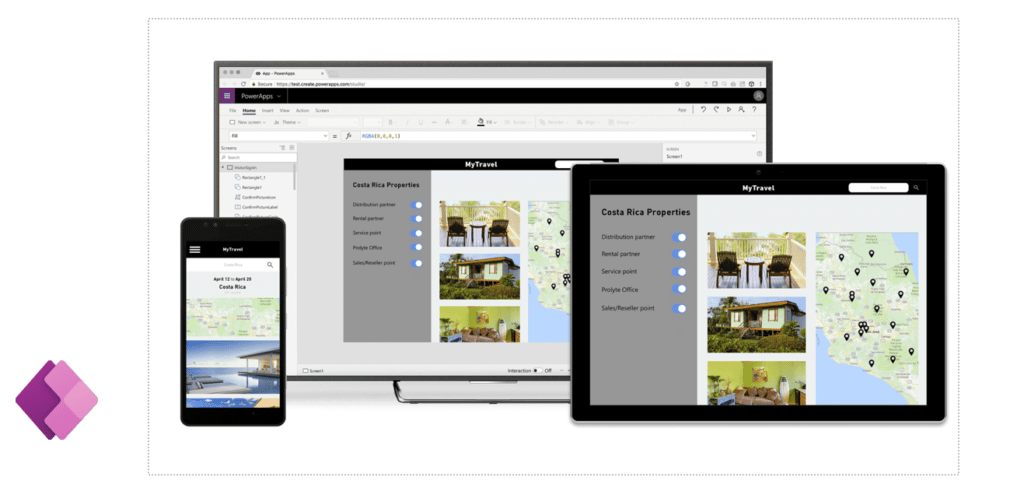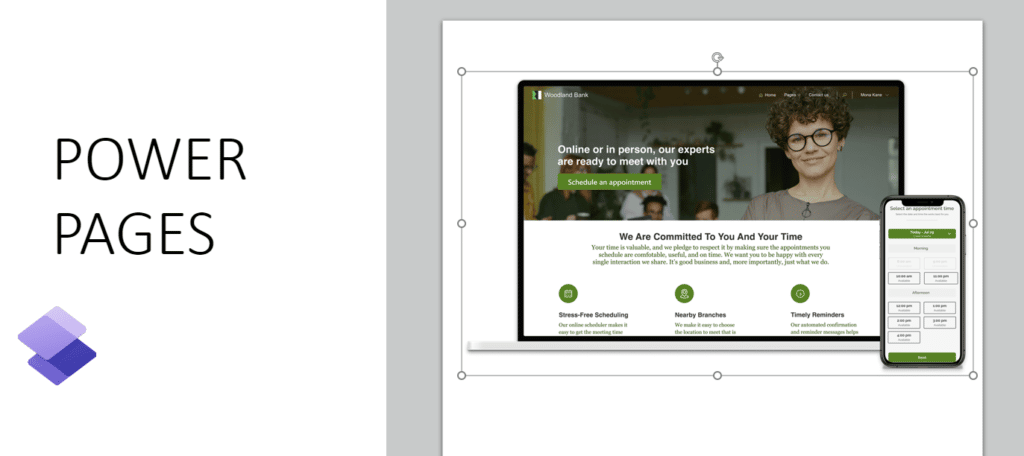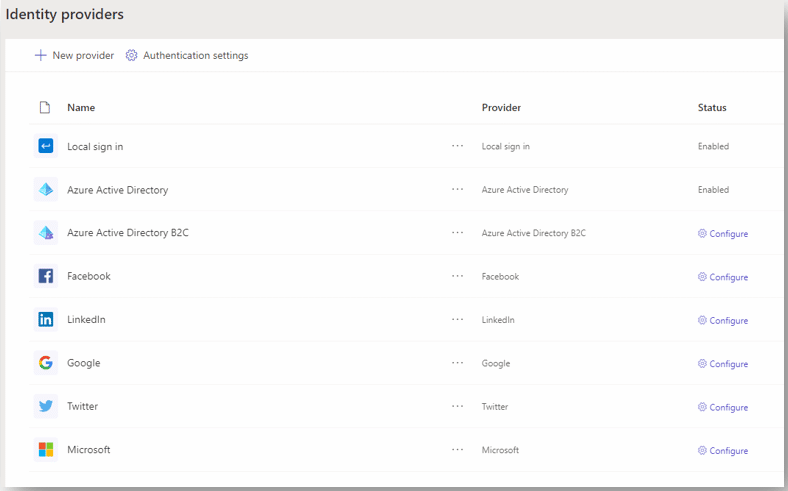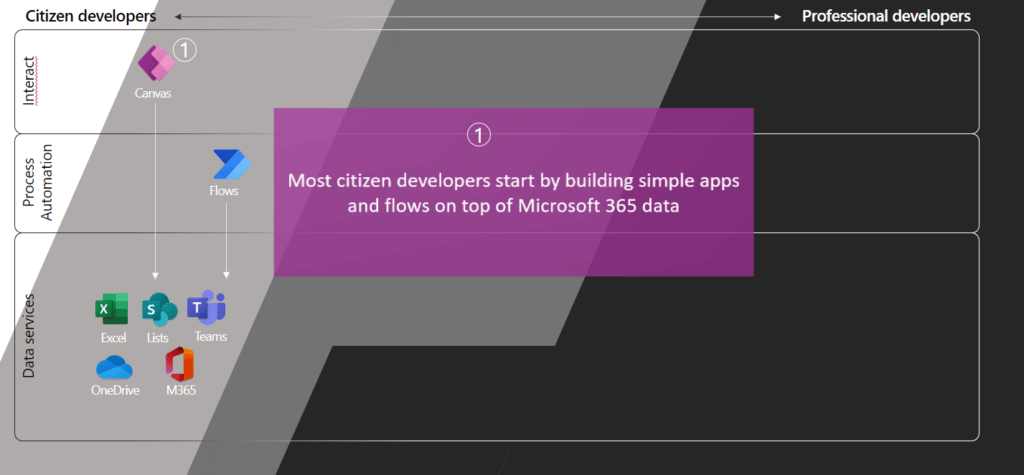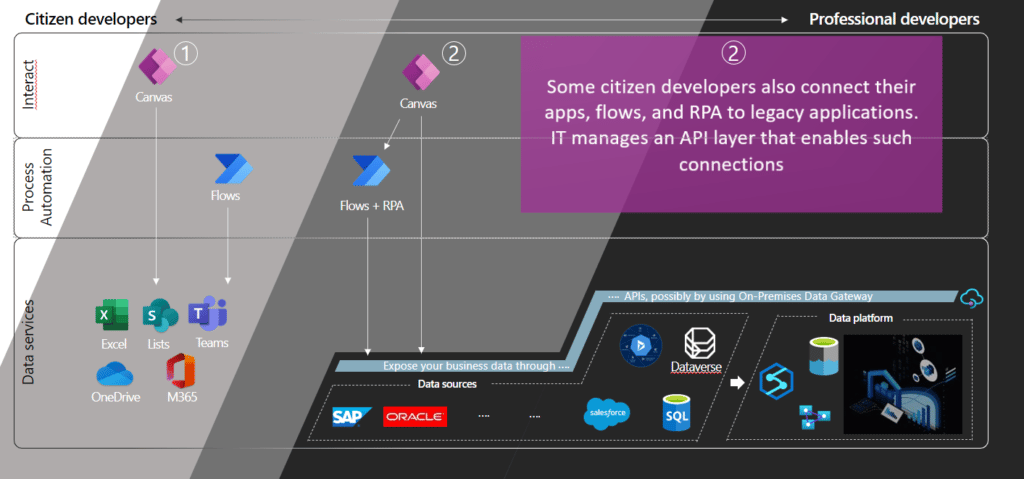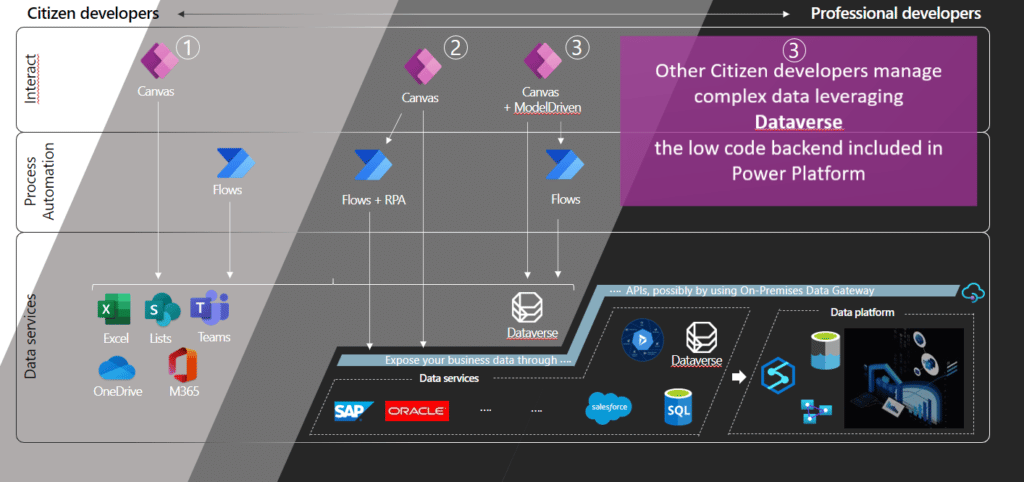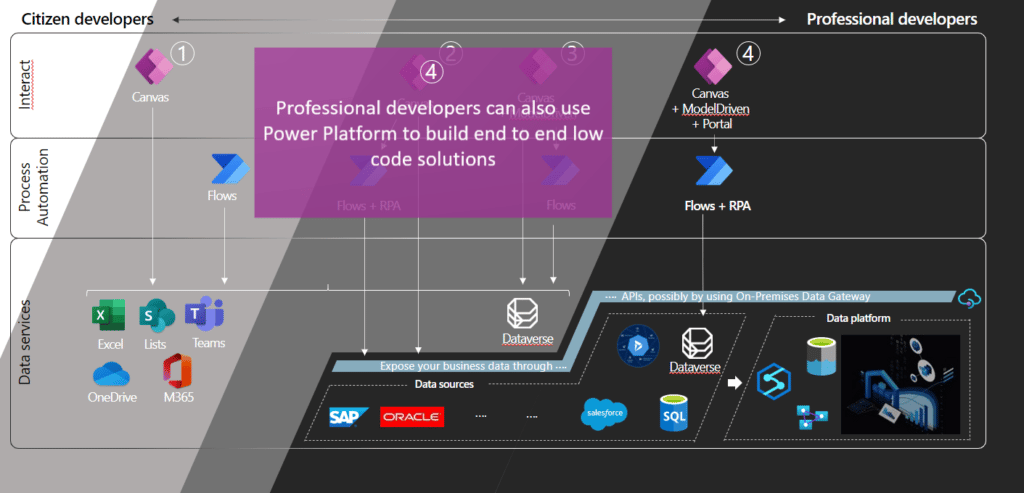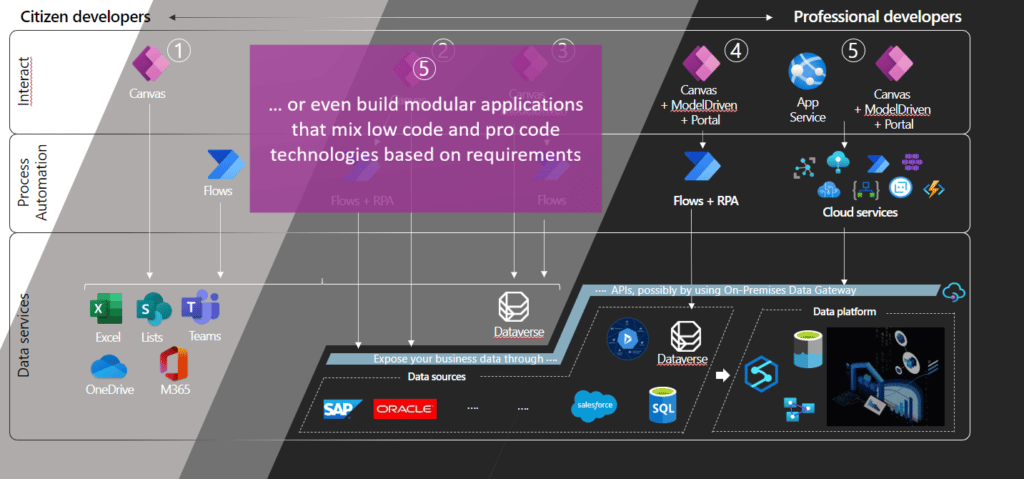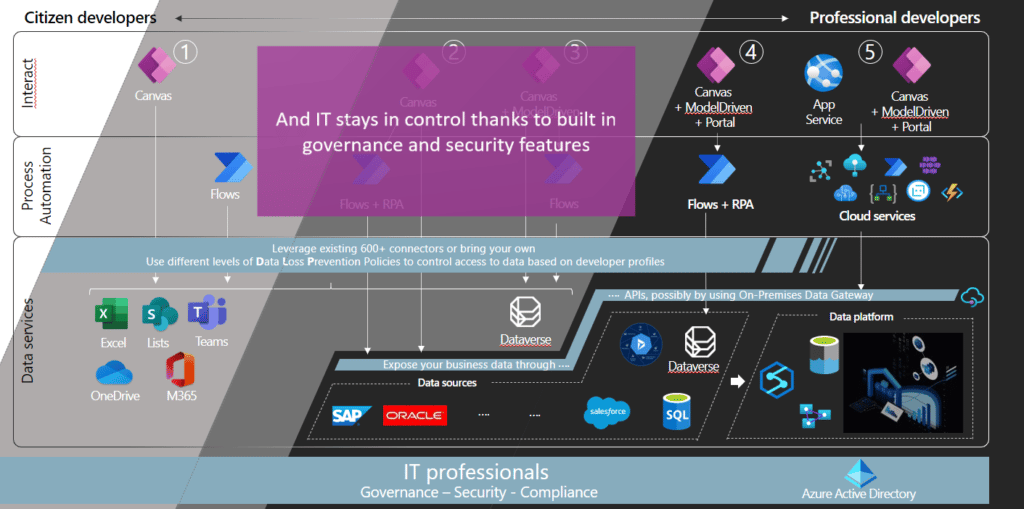How Power Apps and Power Pages Can Improve Your Customer Experience
The Power Platform has several great components that give you endless possibilities in evolving your business solutions.
Two of the main tools you can use are Power Apps and Power Pages. These low/no-code tools help you get to know your end-user better so you can create a better customer experience. They are easy to use and will help make your business more successful.
This is the final part of our series on how Dynamics 365 Customer Engagement and the Power Platform can help you create a great experience for your customers. Parts 1 through 5 focused on:
Why are Power Apps and Power Pages the go-to Platform?
There are a lot of benefits to using these two solutions, including:
- Low-code build capability – You can get your apps and pages up and running quickly and they can be created by anybody. Citizen developers can work by themselves to advance solutions or work with professional developers who can help take it even further
- The Microsoft security blanket – Your team can safely build solutions at scale while not having to worry about security, governance, and quality standards
- Extendibility – Shift your low-code apps into a higher gear continuously by utilizing advanced AI, analytics, bots, interactive maps, external portals, mixed reality, IoT, and more
- Leveraging your Dataverse – You can build apps, pages, and portals based on your existing data stored in programs like Microsoft Dynamics 365 Sales, Marketing, and Field Service, SharePoint, Excel, or another sequel data source
- Building modes for all skill levels – You can either start with pre-built templates that are already programmed into the Power Platform or start from scratch. Many clients start with the templates to get used to the building process and then go back and start from scratch when they are ready
Power Apps: A Simple Way to Advance Your Business
There are two main types of Power Apps: Model Driven Apps and Canvas Apps.
Let’s look at both.
Model-Driven Apps
This type of app gives you a true low to no-code app-building process. You will use pre-built designs and can add different tables and components from your various data sources. If you are looking to create an app where the technology does a lot of the work for you, this is the way to go. You can then embed your apps into your existing Microsoft solutions. Using Model-Driven apps ensures ease of use for your team and your customers. You can also integrate your apps with your other Dynamics 365 solutions like Sales, Marketing, Customer Service, and Field Service, which are all Model-Driven apps themselves.
Model-Drive Apps are especially well suited to process-driven apps that are data-dense and make it easy for users to move between related records. For example, if you are building an app to manage a complex process, such as onboarding new employees, managing sales processes is a model-driven app that would be a great choice for you.
Canvas Apps
Traveling this route is a bit more challenging for your average citizen developer, but it also ensures you are truly designing and building an app that suits your business from the ground up. Experienced technology professionals typically build these, but they can also be low-code if you want them to be.
Typically, Canvas Apps are built for mobile or tablets and used internally within an organization, but this is not a hard-and-fast rule. You can also build them for your customers as well and can embed them into a Model Driven App as well.
Power Pages: A New and Improved Component
Power Pages are an evolution of Power Apps Portals that come with a brand new design studio, and new features to help you build better-looking and functioning websites and portals. They are responsive, mobile friendly, and can be used in several ways including:
- Internally for you and your team
- Externally for your customers and prospects
- For marketing purposes, such as creating forms or landing pages
- To establish portals where customers can submit and view orders or submit help tickets
- It can become a forum or community page
When building a website, you might consider going to a professional developer who is an expert in HTML code. While that’s not a bad idea, Power Pages make it easy to get things up and run by yourself while integrating the site with your other solutions.
A nice feature of Power Pages is they come with multiple authentication modes detailed in the photo below.
Power Pages also come with progressive web app technology. This means your Power Apps can be embedded on your website and they can be used across multiple platforms like IOS, Windows, Chromebook, and Android. They can also be used on mobile, desktop, and tablet. Essentially, if your Power Page or App is packaged and published, people should be able to download and use it.
Power Platform Typical Architectures
The first architecture involves citizen developers who start by building simple apps and flows on top of their existing Microsoft 365 data. These datasets can be easily integrated and automated with Microsoft 365 apps and connectors like Teams, Lists, Excel, and OneDrive. For example, you might take a list or dataset stored on SharePoint and connect it to a Power App using the SharePoint connectors.
Some citizen developers will also want to connect their apps and flows to legacy applications. Not all companies exclusively use Dynamics 365 and other Microsoft products. Luckily, Power Platform lets us connect modern apps and cloud-based apps to legacy systems through Robotic Process Automation.
While citizen developers aren’t overly technical, the Power Platform, Power Apps, and Power Pages can still help them leverage the various tools they use and utilize flows to tap into the Microsoft ecosystem and improve their business process. In turn, doing that will improve the experience for your customers.
More advanced developers can also use Power Pages to build end-to-end low-code solutions. For example, we might have a company that manages distribution, but their distributors don't have access to the Dataverse but still wants to check their orders or create new ones. They can do that using Power Pages and Portals.
Additionally, once you reach the enterprise level, there the scale of the project will increase, and you will have to integrate with multiple systems. This will undoubtedly be more complicated, but because the Power Platform runs on Azure Cloud services, integrates with Azure services, and is scalable, this will ensure you have the systems integrated to maintain a high performance level while staying secure.
Questions?
We have a team of Dynamics 365 Customer Engagement and Power Platform experts ready to assist you! Please reach out to us if you have any questions or want to find out how these solutions can help you.
Co-Author: Jesse Bucholz
Under the terms of this license, you are authorized to share and redistribute the content across various mediums, subject to adherence to the specified conditions: you must provide proper attribution to Stoneridge as the original creator in a manner that does not imply their endorsement of your use, the material is to be utilized solely for non-commercial purposes, and alterations, modifications, or derivative works based on the original material are strictly prohibited.
Responsibility rests with the licensee to ensure that their use of the material does not violate any other rights.





